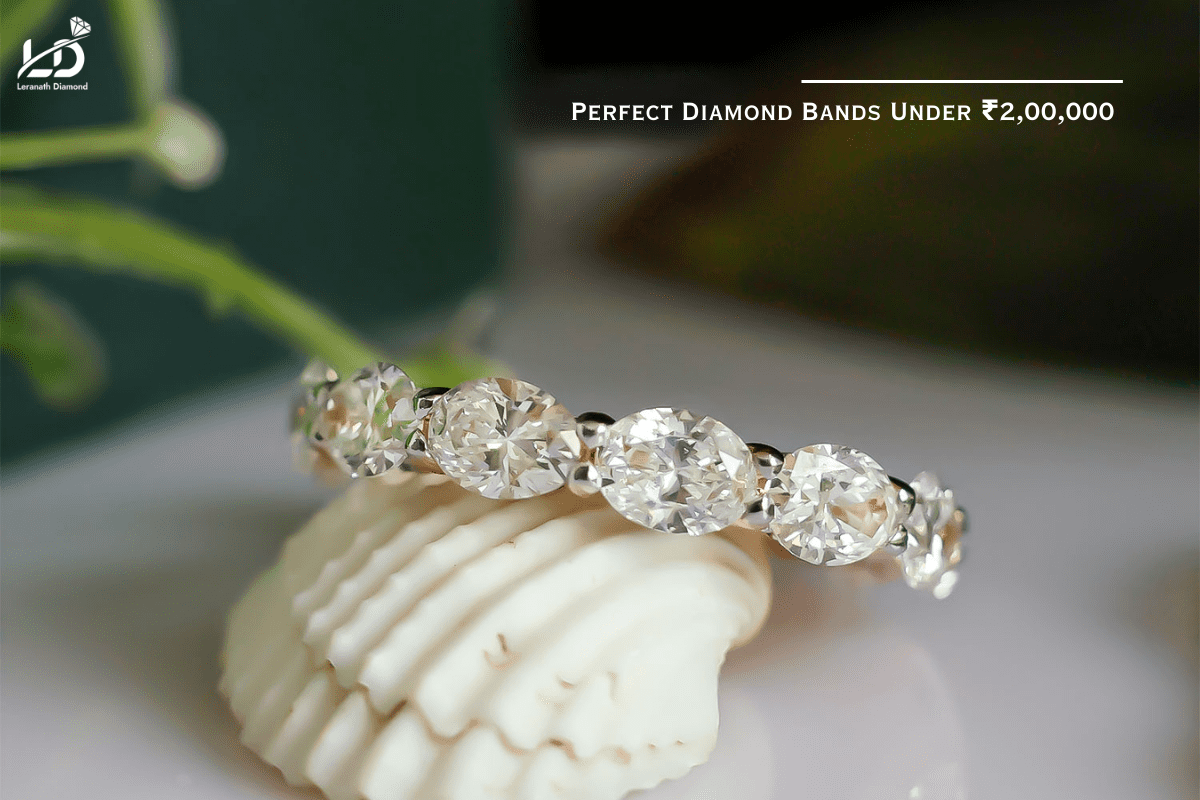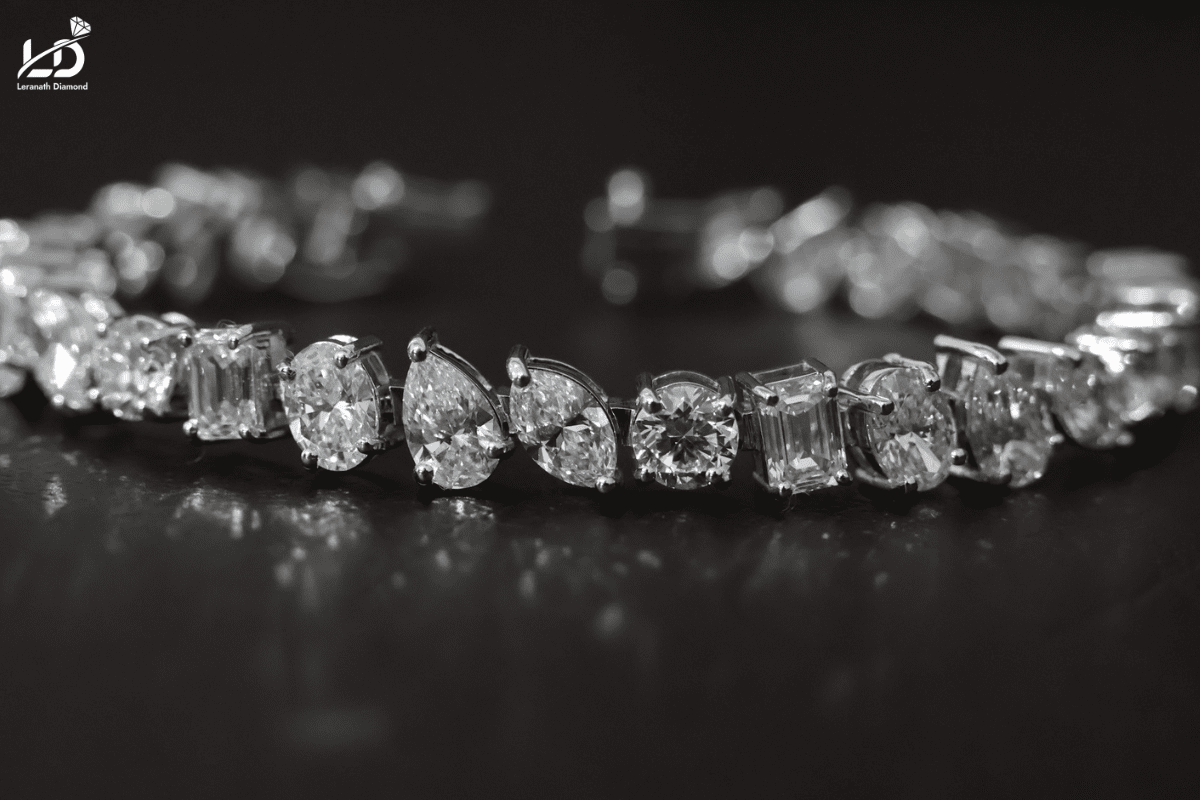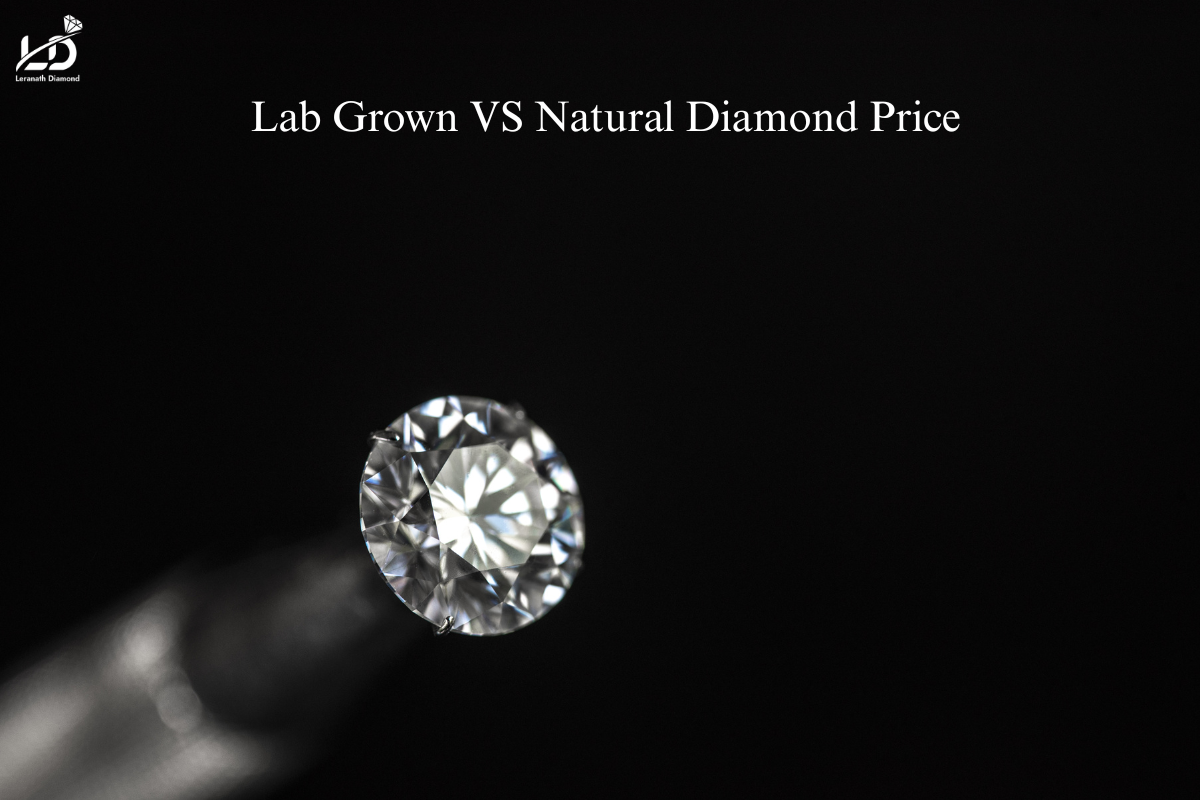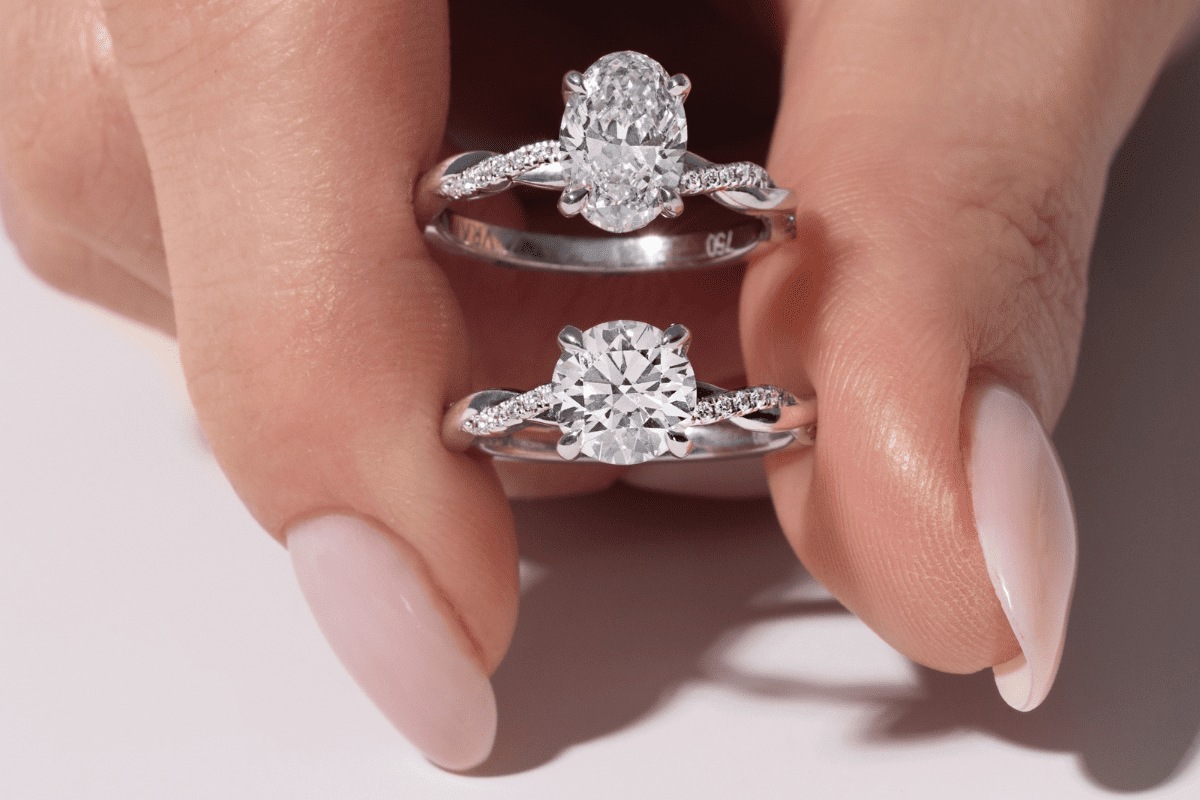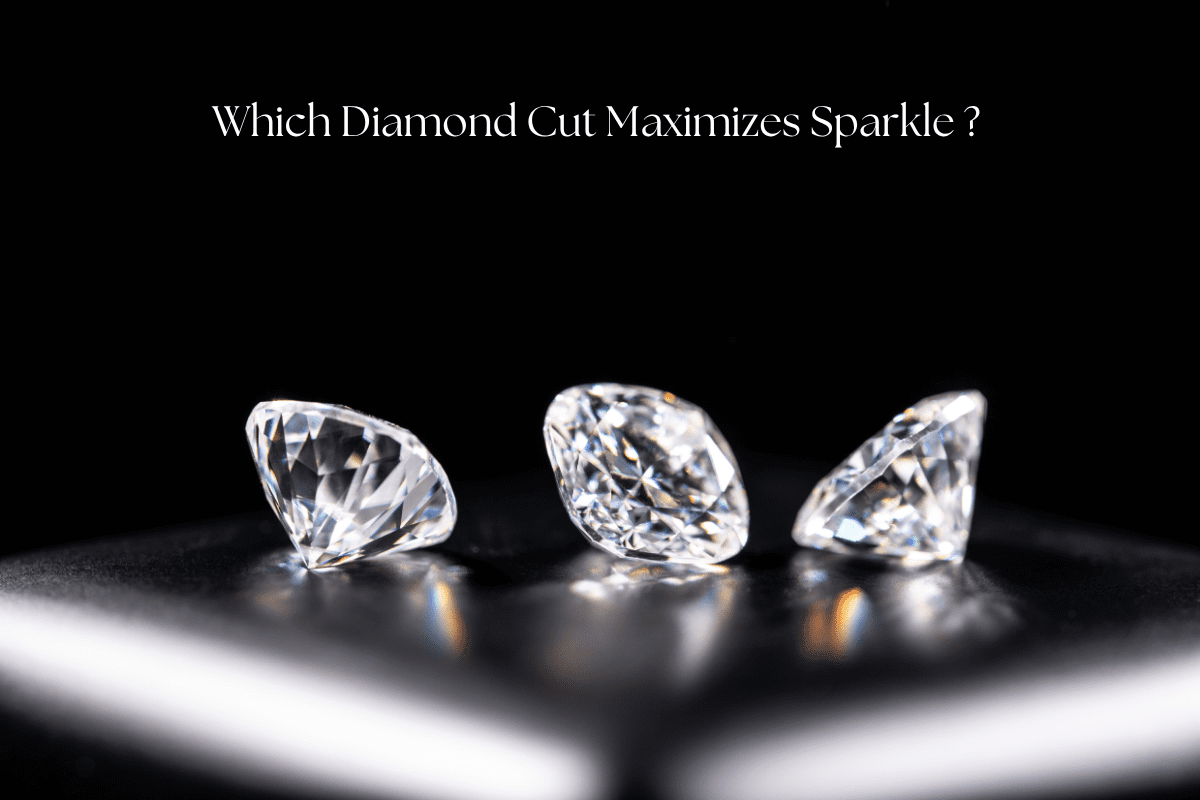Leranath Diamond: Leading Lab Grown Diamond Manufacturer Revolutionizing the Diamond Industry
Introduction: The Future of Diamonds is Here
In the heart of Gujarat, India, a revolutionary company is transforming the diamond industry. Leranath Diamond has emerged as a premier lab grown diamond manufacturer, setting new standards for quality, sustainability, and innovation. Since its establishment in 2014, this family-owned business has been at the forefront of the lab grown diamond revolution, creating stunning diamonds that rival their natural counterparts in every aspect.
About Leranath Diamond: A Legacy of Excellence
Leranath Diamond stands as a testament to Indian craftsmanship and innovation in the diamond industry. Founded under the visionary leadership of Mr. Anil Patel and Mr. Jaysukh Patel, the company has rapidly gained recognition as one of the leading lab grown diamond manufacturers in India.
Located in Gujarat, the diamond capital of India, Leranath Diamond has positioned itself strategically in a region known for its diamond cutting and polishing expertise. The company's commitment to excellence has made it a trusted name among retailers, wholesalers, jewelers, jewelry manufacturers, and importers worldwide.
What Are Lab Grown Diamonds?
Lab.grown diamonds are hence called synthetic diamonds or cultured diamonds, considered the real diamonds created under highly controlled conditions inside a laboratory. These diamonds share the same physical, chemical, and optical properties as those found in nature. They are only differentiated by their origin: natural diamonds are the product of the formation under the Earth's mass over millions of years, and after that engineered diamonds are produced with advanced technology inside state-of-the-art facilities.
Key Characteristics of Lab Grown Diamonds:
Like a natural diamond, chemically it's the same (a pure carbon)
Has a hardness of ten on the Mohs scale
Brilliance, fire, and scintillation exactly the same
Available in all sorts of shapes, sizes, and grades
Certified at all major gemological institutes
Why Choose Lab Grown Diamonds?
1. Ethical and Sustainable
Lab grown diamonds offer a conflict-free alternative to traditional mining. They eliminate concerns about blood diamonds and reduce the environmental impact associated with diamond mining.
2. Superior Quality
As a leading lab grown diamond manufacturer, Leranath Diamond ensures each stone exhibits exceptional quality with:
Enthralling look and stunning cut
Excellent sparkle and brilliance
Precise polishing and finishing
Consistent quality standards
3. Cost-Effective
Lab grown diamonds typically cost 20-40% less than natural diamonds of comparable quality, making luxury more accessible without compromising on beauty or durability.
4. Innovation and Technology
Modern diamond manufacturing techniques allow for greater control over the diamond creation process, resulting in gems with fewer inclusions and superior clarity.
Leranath Diamond: Manufacturing Excellence
State-of-the-Art Facilities
Leranath Diamond operates on the state-of-the-art facilities with the latest technology for diamond manufacture. The company uses advanced techniques to make lab grown diamonds according to international standards of quality.
Advanced Manufacturing Processes
The company utilizes sophisticated techniques including:
Chemical Vapor Deposition (CVD)
High Pressure High Temperature (HPHT)
Precision cutting and polishing
Quality control and certification processes
Expert Craftsmanship
With years of experience in the diamond industry, Leranath Diamond's skilled artisans combine traditional craftsmanship with modern technology to create exceptional lab grown diamonds.
Lab Grown Diamond Manufacturing in India
India has emerged as a global leader in lab grown diamond manufacturing, with companies like Leranath Diamond leading the charge. The country's advantages include:
Rich Heritage in Diamond Processing
India processes approximately 90% of the world's diamonds, making it the natural choice for lab grown diamond manufacturing.
Skilled Workforce
Generations of expertise in diamond cutting and polishing provide a solid foundation for lab grown diamond production.
Cost Advantage
Competitive manufacturing costs make Indian lab grown diamond manufacturers attractive to global buyers.
Government Support
The Indian government actively promotes lab grown diamond manufacturing through various initiatives and policies.
Surat: The Diamond Capital
While Leranath Diamond is based in Gujarat, the broader region, including Surat, plays a crucial role in India's diamond industry. Surat lab grown diamond manufacturers have collectively contributed to making India a global powerhouse in synthetic diamond production.
Why Surat is Important for Lab Grown Diamonds:
Home to numerous diamond manufacturers
Advanced infrastructure for diamond processing
Skilled workforce with generations of experience
Strategic location for export markets
Cluster of supporting industries
Global Reach and Export Excellence
Leranath Diamond has established itself as a prominent lab grown diamond exporter, serving customers across the globe. The company's export network includes:
Target Markets:
Jewelry retailers and wholesalers
Diamond importers
Jewelry manufacturers
Custom jewelry designers
E-commerce platforms
International Presence:
The company exports lab grown diamonds to various countries, building long-term relationships with international partners.
Quality Assurance and Certification
Rigorous Quality Control
Leranath Diamond maintains strict quality control measures throughout the diamond manufacturing process:
Raw material inspection
Process monitoring
Final product evaluation
Certification compliance
International Certifications
Lab grown diamonds from Leranath Diamond come with certifications from recognized gemological institutes, ensuring authenticity and quality.
The Future of Lab Grown Diamonds
Market Growth
The lab grown diamond market is experiencing unprecedented growth, with increasing consumer acceptance and awareness driving demand.
Technological Advancements
Continuous innovation in diamond manufacturing technology is improving quality and reducing production costs.
Environmental Benefits
As sustainability becomes increasingly important, lab grown diamonds offer an environmentally responsible choice for conscious consumers.
Applications of Lab Grown Diamonds
Jewelry Industry
Lab grown diamonds are widely used in:
Engagement rings and wedding bands
Fashion jewelry
Custom jewelry designs
Luxury accessories
Industrial Applications
Beyond jewelry, lab grown diamonds serve various industrial purposes:
Cutting tools and equipment
Electronic components
Optical applications
Scientific instruments
Why Partner with Leranath Diamond?
Proven Expertise
With years of experience as a lab grown diamond manufacturer, Leranath Diamond brings unmatched expertise to every project.
Quality Guarantee
The company's commitment to quality ensures that every lab grown diamond meets the highest standards.
Competitive Pricing
As a direct manufacturer, Leranath Diamond offers competitive pricing for bulk orders and long-term partnerships.
Customization Options
The company provides customized solutions for specific requirements, including:
Various diamond shapes and sizes
Different clarity and color grades
Custom cuts and designs
Private labeling options
Sustainability and Environmental Responsibility
Reduced Environmental Impact
Lab grown diamond manufacturing significantly reduces environmental impact compared to traditional mining:
Lower carbon footprint
Minimal land disturbance
Reduced water usage
No mining-related ecosystem disruption
Ethical Sourcing
Lab grown diamonds eliminate concerns about unethical mining practices and conflict diamonds.
Innovation and Research
Continuous Improvement
Leranath Diamond invests in research and development to enhance lab grown diamond quality and production efficiency.
Technology Partnerships
The company collaborates with technology providers to stay at the forefront of diamond manufacturing innovation.
Market Trends and Consumer Preferences
Growing Acceptance
Consumer acceptance of lab grown diamonds continues to grow, particularly among younger demographics who value sustainability and ethical sourcing.
Price Accessibility
The cost advantage of lab grown diamonds makes luxury jewelry more accessible to a broader market segment.
Celebrity Endorsements
High-profile endorsements and usage by celebrities have increased awareness and acceptance of lab grown diamonds.
Conclusion: Leading the Diamond Revolution
Leranath Diamond represents the future of the diamond industry. As a leading lab grown diamond manufacturer in India, the company combines traditional craftsmanship with cutting-edge technology to create stunning diamonds that meet the highest quality standards.
The company's commitment to excellence, sustainability, and innovation makes it an ideal partner for businesses seeking high-quality lab grown diamonds. Whether you're a jewelry retailer, manufacturer, or designer, Leranath Diamond offers the expertise, quality, and reliability needed to succeed in today's competitive market.
As the lab grown diamond industry continues to evolve, companies like Leranath Diamond are paving the way for a more sustainable, ethical, and accessible diamond market. With their proven track record, commitment to quality, and vision for the future, Leranath Diamond is truly revolutionizing the diamond industry, one lab grown diamond at a time.
Contact Information
For more information about Leranath Diamond's lab grown diamond manufacturing services, visit their website or contact their team directly. Experience the future of diamonds with a company that's leading the industry transformation through innovation, quality, and sustainability.
